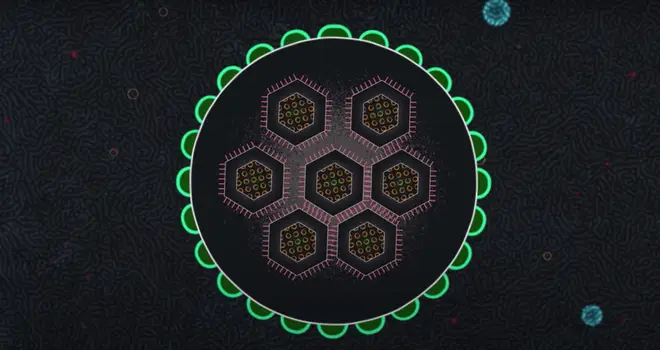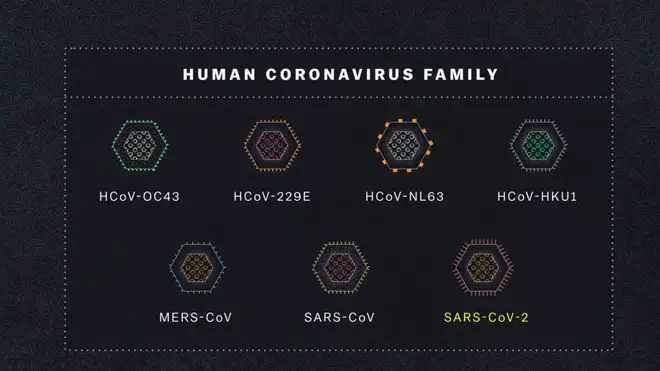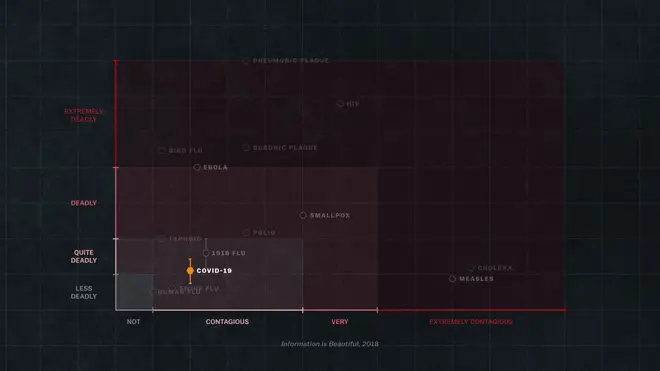On Air Now
The Capital Weekender with Meg McHugh 10pm - 1am
27 April 2020, 15:21 | Updated: 27 April 2020, 16:58

Coronavirus, Explained | Official Trailer | Netflix
Coronavirus, Explained is a new Netflix show providing a brief all you need to know run-down on the current global pandemic.
The coronavirus pandemic and ongoing global lockdown has millions of us turning to Netflix for escapism, but the streaming platform is also helping people understand the current situation.
In new documentary Coronavirus, Explained, scientists and experts explain exactly what COVID-19 is and how it began, as well as how similar pandemics have been dealt with in the past.
Tap Here For NHS Updates On Coronavirus (COVID-19)
Which Shops Are Likely To Re-Open First After Coronavirus Lockdown Ends?
The show began filming in spring 2019 for a documentary explaining coronaviruses, and an entire year later scientists’ warnings and predictions have become real.
Here’s what we learned from Coronavirus, Explained…

For decades, viruses which jump from animals to humans (zoonotic viruses) have been causing more outbreaks among the public.
Like SARS, coronavirus emerged in a live animal market in china, but SARS was easier to contain because people only spread it when they had symptoms.
Scientists believe COVID-19 mutated in a bat but may have jumped into another species, like a snake or fish, before reaching humans.

The current coronavirus outbreak is the youngest in a “whole family” of seven coronaviruses known to infect humans.
Like SARS and MERS it is killing millions of people, but the four other types of coronaviruses known are more successful viruses for causing up to a third of common colds.
The host explains: “Viruses can be better at spreading if they don’t make their host that sick. Bats are teaming with viruses because viruses don’t really affect them.”
Dr Peter Daszak, President of Ecohealth Alliance warns in a clip from April 2019: “We estimate there are around one and a half million viruses in wildlife that we don’t yet know about. Any one of those could be spilling into the population right now.”
He added: “We expect there are viruses out there that are more lethal that are better at being transmitted where we’ve got no drugs and no vaccines.”
This is what happened with SARS in 2002, killing hundreds and MERS in 2012, also a new coronavirus which killed hundreds.

The extent of lockdown’s effectiveness was proven during the 1918 flu.
St Louis in the US shut its schools and public places quickly to cope with the outbreak while Philadelphia did not and allowed a parade involving thousands to go ahead.
St Louis managed to “flatten their curve” and saw a lower number of deaths over a longer period while Philadelphia saw a spike of deaths in hundreds of thousands of people.
When St Louis lifted their restrictions, the death rate jumped again and lockdown was immediately implemented again.
The show’s host reminds viewers: “We should have been more prepared. But when it comes to technology and science, we’ve also never been more prepared.”
Early on in 2020, research for vaccines began across the globe and scientists hope to have one developed for public use within the next year.
> Have You Got A Smart Speaker? Tell It To "Play Capital"!